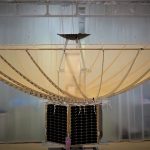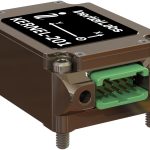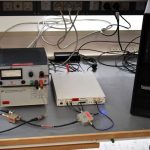Inertial Labs Unveils the RESEPI Ultra LITE LiDAR and Camera Payload
Inertial Labs, a provider of position and orientation technology, has introduced its latest innovation: the RESEPI Ultra LITE, a light complete payload featuring both LiDAR and camera technology. Designed with the needs of the modern surveyor in mind, the RESEPI Ultra LITE offers precision and adaptability for diverse mapping applications.
By Inside GNSS













